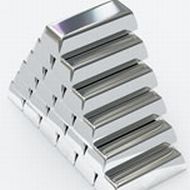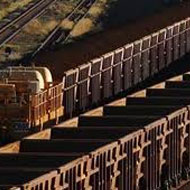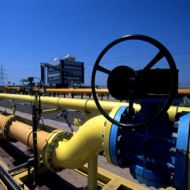Cummins India Q1 misses forecast, net falls 8% at Rs 166 cr
Diesel and natural gas engines manufacturer Cummins India reported a dismal performance on all parameters with the first quarter net profit falling 8 percent year-on-year to Rs 166 crore.
Total income from operations dropped 16.6 percent to Rs 1,049 crore during April-June quarter from Rs 1,259 crore in a year ago period.
Analysts on an average had expected it to report net profit at Rs 172 crore on revenues of Rs 1,258 crore.
Earnings before interest, tax, depreciation and amortisation (EBITDA) plunged 24.5 percent on yearly basis to Rs 176 crore and operating profit margin slipped 180 bps year-on-year to 16.7 percent in the first quarter as against analysts' forecast of 16.8 percent.
Impact of low demand
Revenues were weak on a high base of last year and moderation in South-based demand, which was driving bulk on demand.
Surge in purchase of gensets, driven by power shortage in South India, subsided during June quarter while domestic demand, which has been strong in the last few quarters, moderated during the quarter.
Since the second quarter of previous financial year 2012-13, exports have been showing moderating or declining trend, impacted by slowdown in global demand, particularly in the HHP segment.
Margins were under pressure due to moderating demand in both, domestic and export market, leading to unfavourable product mix.
To know more what's happening in the market contact
Niva Capital Advisory or visit www.nivaca.com.
Phone Contact:-
+91 9036055-100/200/300
 RSS Feed
RSS Feed Twitter
Twitter 02:59
02:59
 Niva Capital Advisory
Niva Capital Advisory




